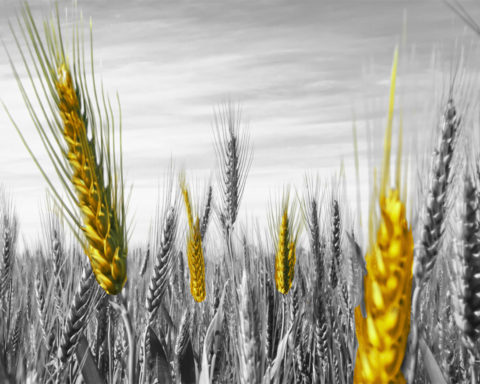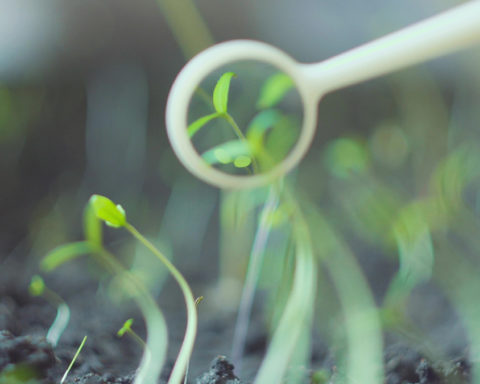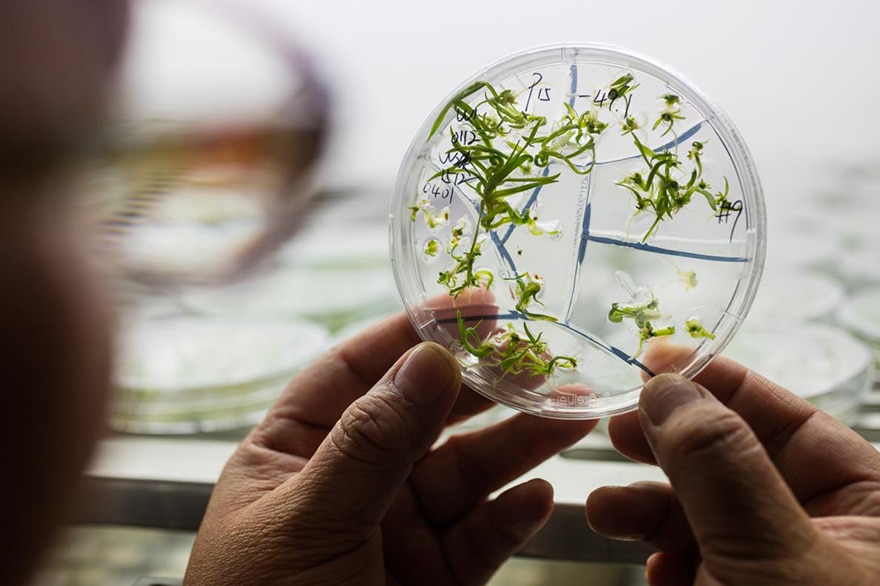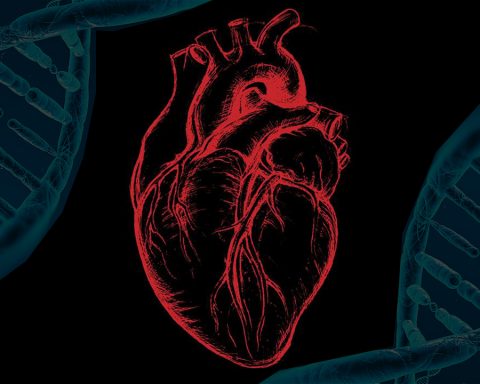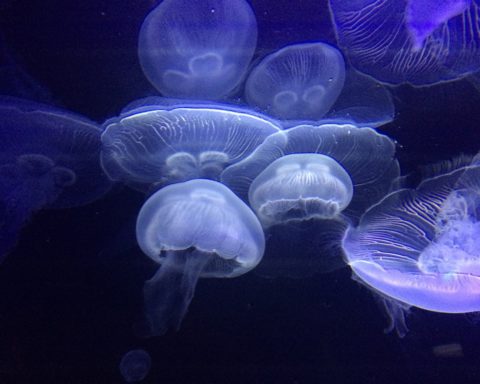
Biosourced versus biodegradable
Variable risk taking

Environmental virtues


How to display carbon storage?
Revitalizing the territories




Strategies in the making
Lift the brakes
Recycling biowaste

Technical brakes and actor training
Revaluing nature capital and plant production

- Directive (EU) 2018/851 of the European Parliament and of the Council of 30 May 2018 amending Directive 2008/98/EC on waste. Text of 30/05/2018, published in the Official Journal of the EU on 14/06/2018.
- Ministère de l'environnement, de l'énergie et de la mer/Ministère du logement et de l'habitat durable, & Karibati, Structuration et développement des filières de matériaux de construction biosourcés, Plan d'actions n° 2, avancées et perspectives, October 2016. www.cohesion-territoires.gouv.frIMGpdfstructuration_et_developpement_des_filieres_de_materiaux_de_con struction_biosources_--_October_2016.pd
- A. Lammel, Changement climatique : de la perception à l'action, Les Notes de la FEP, n°5, September 2015.




